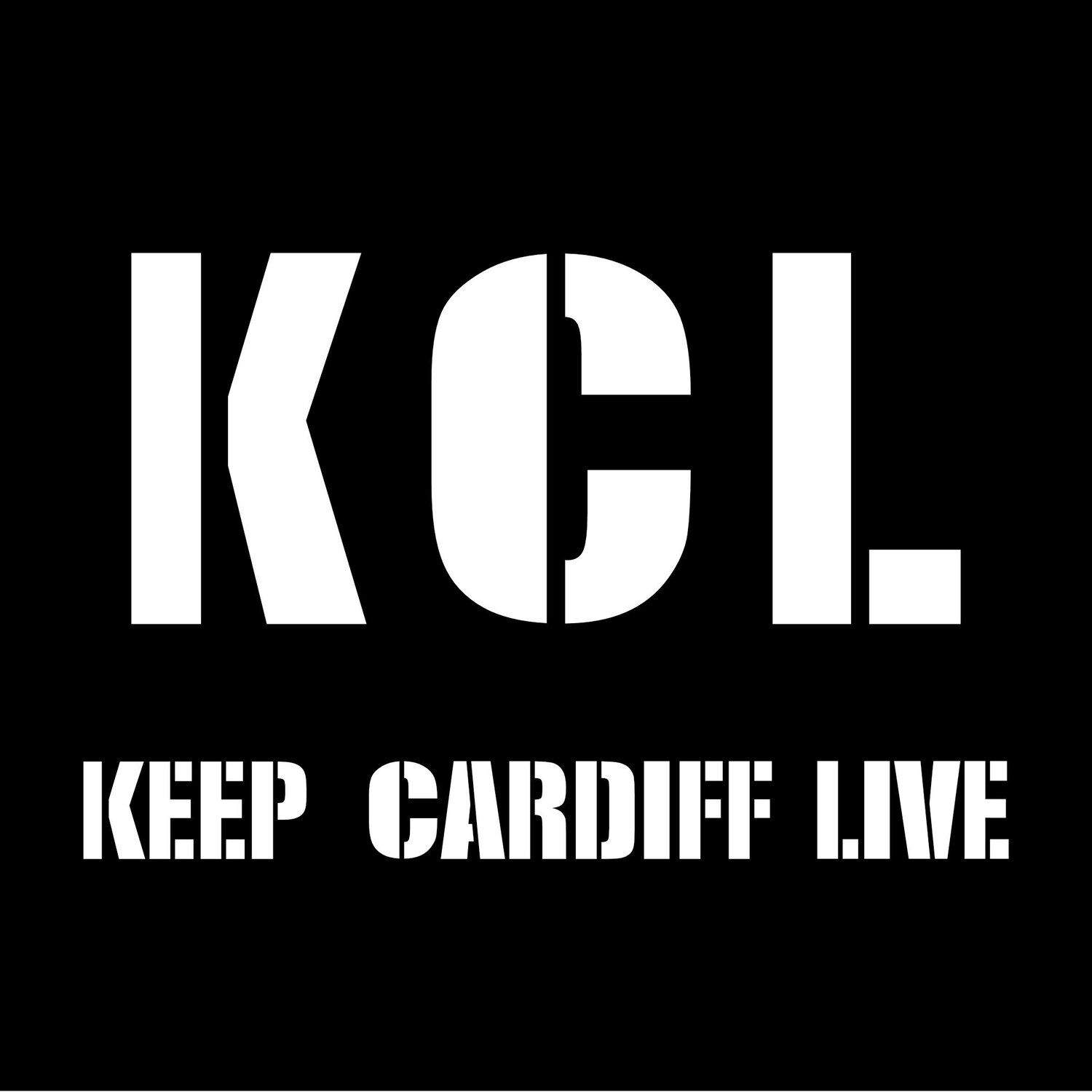All Images Subject To Copyright
48 years ago on 13 April, in 1973, saw the release of what was David Bowie’s 6th studio album.
Aladdin Sane was the follow up to what was considered Bowie’s breakthrough album, Ziggy Stardust and the Spiders from Mars.
Produced by Bowie and Ken Scott, it proved a crucial release and did much to consolidate his newly found stardom that the Ziggy album had helped create.
Recorded at Trident Studios in London and RCA Studios in New York City between legs of the Ziggy Stardust Tour, it would the last album to feature his band The Spiders from Mars, though both guitarist Mick Ronson and bassist Trevor Bolder did feature partially on the Bowie covers album Pin Ups.
The songs on Aladdin Sane were mostly written during Bowie’s American tour and features two songs that preceded the album’s release, the brilliant Jean Genie and Drive-in Saturday, both singles, with Jean Genie, in particular, setting the tone, the songs having a harder rock sound than their previous distinctly glam roots and no doubt influenced by their travels in America.
The album’s opening track “Watch That Man” is typical as to how Bowie envisioned his album to be. Still retaining the glam rock flair but a much harder and faster edge, and reminds one of the Velvet Underground but Bowie acknowledged that the New York Dolls provided some of the inspiration for the album’s opener.
The title track “Aladdin Sane” is another song that benefits from a more experimental approach by Bowie and includes a rather inspirational piano solo by Bowie sideman Mike Garson.
“Drive-in Saturday” and “Panic in Detroit” swiftly follow. The former with its prominent female backing vocals provided by Linda Lewis and salsa styled rhythms. “Panic“ supposedly inspired by friend Iggy Pop reminiscing about the Detroit riots of 1967, name checks Che Guevara whilst Rolling Stone magazine listed Mick Ronson’s guitar work on the song his “essential recording”.
The final track on the first side is “Cracked Actor”, another rocker, it became a feature of Bowie’s live performances with the singer wearing sunglasses and holding a skull, like a scene from Hamlet which he would then kiss dramatically at the end and a worthy climax to a stunning first side.
Side two’s opener “Time” is a real Bowie ‘Tour de Force’ yet divides opinion with many describing it as one of Bowie’s most poetic offerings performed in such a dramatic fashion, though to some it’s described as weak and melodramatic. Either way still a favourite with the Bowie fraternity and one of the album’s stand out tracks.
“Prettiest Star” is an odd choice for inclusion as it was recorded originally featuring Marc Bolan on guitar but this newer more glammed up version is a far superior effort even though Ronson plays the Bolan guitar part virtually note-for-note.
What follows is probably the album’s poorest track, a cover of the Rolling Stones “Let’s Spend The Night Together”. A pretty average attempt at best and tends to pale into insignificance compared to the song that follows, “The Jean Genie,” a truly great single which at this point in his career was Bowie’s highest chart placing, peaking at No 2, and kept off the top spot frustratingly by Jimmy Osmond’s “Long Haired Lover From Liverpool.”
With its great riff and chorus, it’s glam Bowie at his brilliant best but some acknowledgment should be paid to the Spiders who provided the song with a backing track to die for.
The final track on the album is “Lady Grinning Soul” a romantic, almost cinematic piece that again utilises the keyboard skills of Mike Garson and provides the album with a more than fitting finale.
The Ziggy album may get most of the plaudits, the Aladdin Sane album consolidates and a stepping stone in creativity for the ever evolving Bowie. A true classic.
“Aladdin Sane was my idea of rock and roll America. Here I was on this great tour circuit, not enjoying it very much. So inevitably my writing reflected that, this kind of schizophrenia that I was going through. Wanting to be up on stage performing my songs, but on the other hand not really wanting to be on those buses with all those strange people. Being basically a quiet person, it was hard to come to terms with. So Aladdin Sane was split down the middle.”
– David Bowie on the theme of the album
“We wanted to take it that much rougher. Ziggy was rock and roll but polished rock and roll. [Bowie] wanted certain tracks to go like the Rolling Stones and unpolished rock and roll.”
– Ken Scott on the album's sound
Review By Tony Woolway





